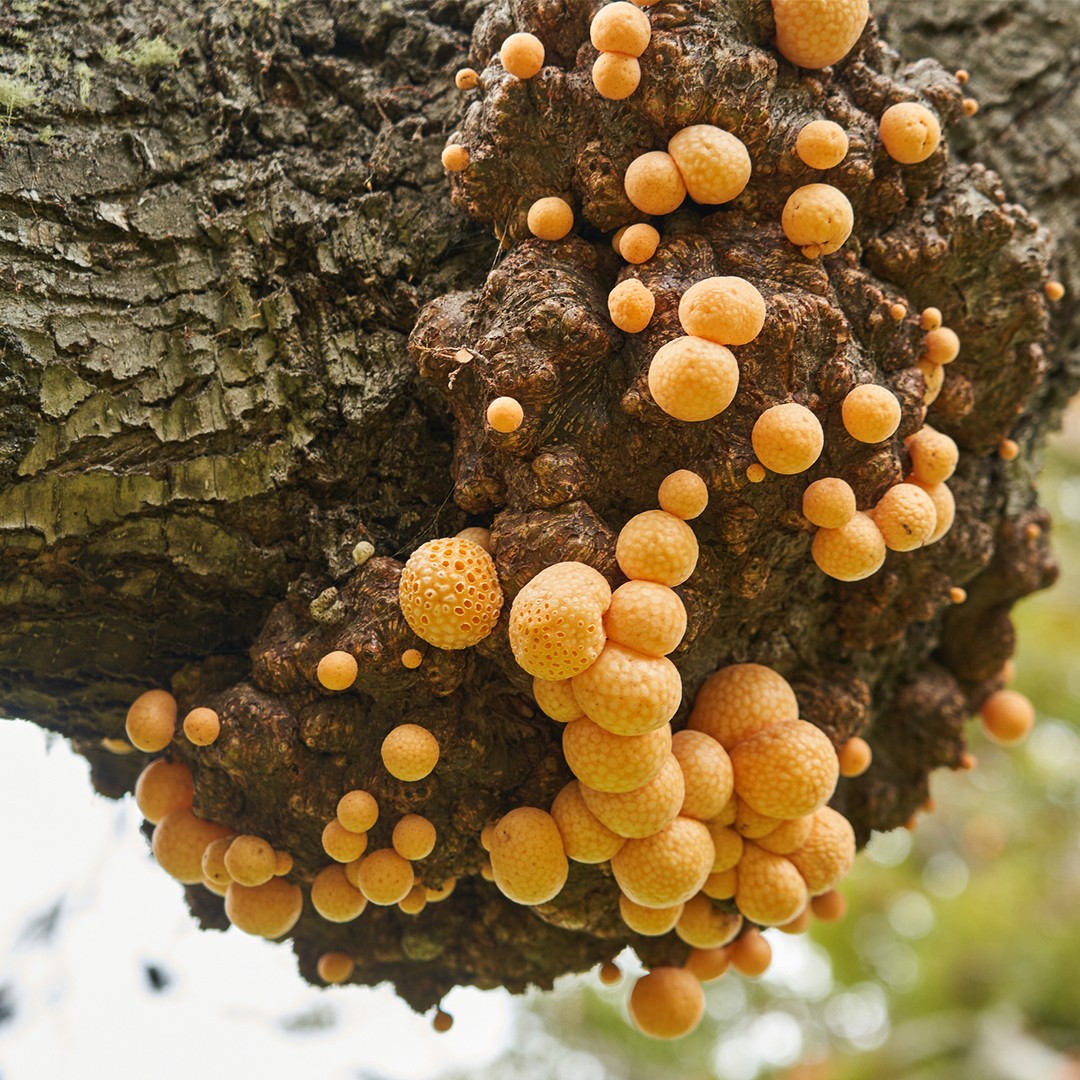Cyttariales
Scientific name: Cyttariaceae
Cyttariales
Scientific name: Cyttariaceae
 Photo By Jens Otte
Photo By Jens Otte Description
The cyttariales, also known as Cyttariaceae, is a fungus in the family Cyttariaceae. It typically grows on the branches of trees and forms small spherical or elongated structures that are 10 - 20 cm in diameter. The surface of the structures is covered with small bumps or projections, and the interior is filled with a yellowish or orange mass of spores. The spores are dispersed by raindrops or by animals that brush against the structures, and they can be seen under a microscope as small spheres that are about 5 μm in diameter.
Species of Cyttariales

 Photo By Jens Otte
Photo By Jens Otte